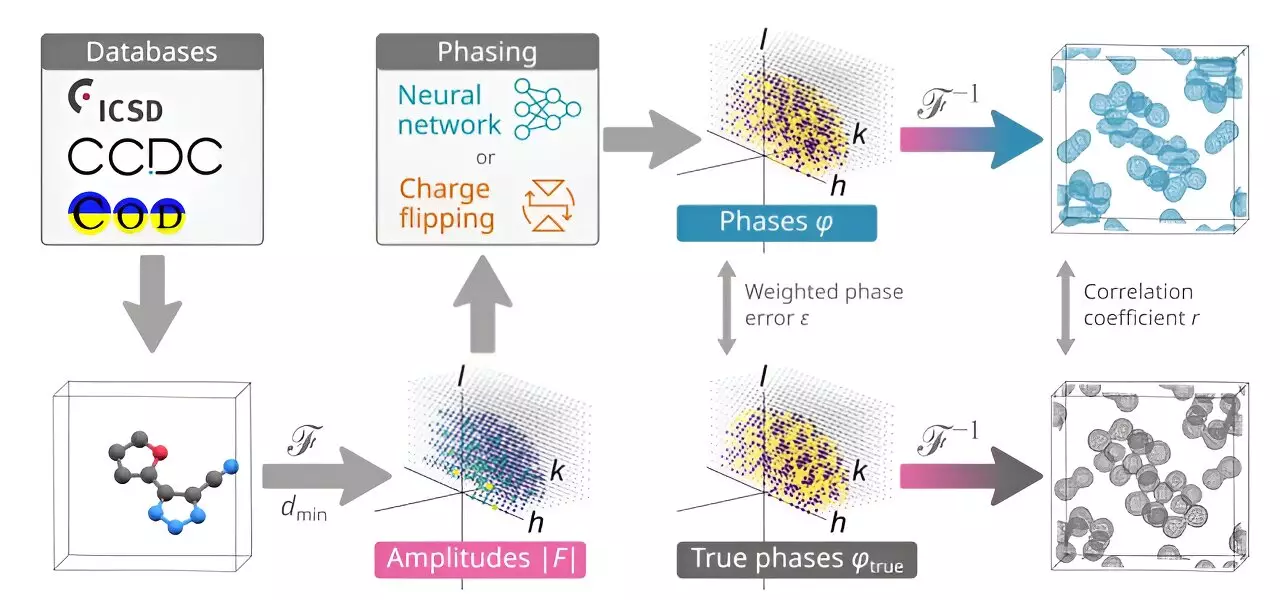In a groundbreaking study conducted by a team of chemists at the University of Copenhagen, a new AI application has been developed to predict the structure of small molecules. This innovative technology, named PhAI, utilizes artificial intelligence to analyze fuzzy diffraction patterns created by x-rays that crystals have diffracted. The team, consisting of Anders Larsen, Toms Rekis, and Anders Madsen, has successfully trained the AI to accurately predict the structure of small molecules, marking a significant advancement in the field of chemistry.
With the collaboration between chemists and computer scientists on the rise, the development of AI applications in chemistry has become increasingly prevalent. The traditional method of predicting the structure of small molecules involves converting them into solid crystals and subjecting them to x-ray beams. However, the inability to measure the phase of the x-rays results in fuzzy diffraction patterns, making it challenging for researchers to determine the molecular structure accurately. This limitation highlights the necessity for AI technology to streamline and enhance the process.
To address the shortcomings of existing methods, the team at the University of Copenhagen created the PhAI application. The researchers utilized computer models to generate millions of simulated small molecule structures and computed the corresponding fuzzy diffraction patterns. By training the AI on this data, they were able to establish a relationship between crystal structures and diffraction patterns, enabling PhAI to predict both the phase and intensity information needed for accurate molecular structure determination.
Through rigorous testing, the research team demonstrated the efficacy of PhAI in accurately predicting the structure of 2,400 small molecules, whose structures were already known. The successful outcomes of the testing phase underscore the potential of AI applications in advancing the field of chemistry. The researchers plan to further refine and expand the capabilities of PhAI to encompass larger molecules with up to 50 atoms, paving the way for enhanced molecular structure predictions.
The development of the PhAI AI application represents a significant milestone in the field of chemistry. By harnessing the power of artificial intelligence, researchers can overcome the challenges associated with predicting the structure of small molecules and achieve more accurate and efficient results. The ongoing efforts to improve and expand the capabilities of PhAI hold promising implications for the future of molecular structure determination.


Leave a Reply